According to the Food and Agriculture Organization (FAO) of the United Nations, Brazil is the third largest food producer in the world, and according to the Brazilian Agricultural Research Corporation (EMBRAPA), it provides food for approximately 800 million people. Such abundance, however, does not change the fact that more than half of the country’s population — 125.2 million people — faces some level of food insecurity. This term is defined as having not only an insufficient quantity of food to eat but also insufficient quality, according to data from the Brazilian Research Network on Sovereignty and Food Security (Rede Penssan). How can this paradox be resolved? Various fields of research have proposed that the key to addressing the problem of hunger is to analyze bottlenecks in food systems, including the journey from farm to fork, in addition to the impacts of the climate crisis.
– Impact on food production
Pioneering studies carried out in Brazil, such as the research of physician Josué de Castro (1908–1973), established direct relationships between hunger and poverty, explains Marcelo Neri, an economist and director of the Center for Social Policy at the Getulio Vargas Foundation (CPS-FGV). “In recent years, studies have begun to indicate that financial poverty must be eradicated to reduce food insecurity in Brazil, but that doing so alone is not enough,” he says.
In 2021, 62.9 million Brazilians (29.6% of the country’s total population) were categorized as low earners, with a household income per capita of less than R$497 per month, according to the Map of New Poverty published by FGV last year. In 2023, the number fell, returning to the 2020 level of approximately 53 million people in this income bracket. Since 2020, the federal government has tripled the amount paid out by the Bolsa Família/Auxílio Brasil welfare program and increased the number of people eligible from 14 million to 21 million. However, food insecurity only fell from 36% to 34% in the same period, a change considered very small. “It is surprising to note that during the pandemic, there was a disparity between measures to reduce monetary poverty and food insecurity,” Neri highlights.
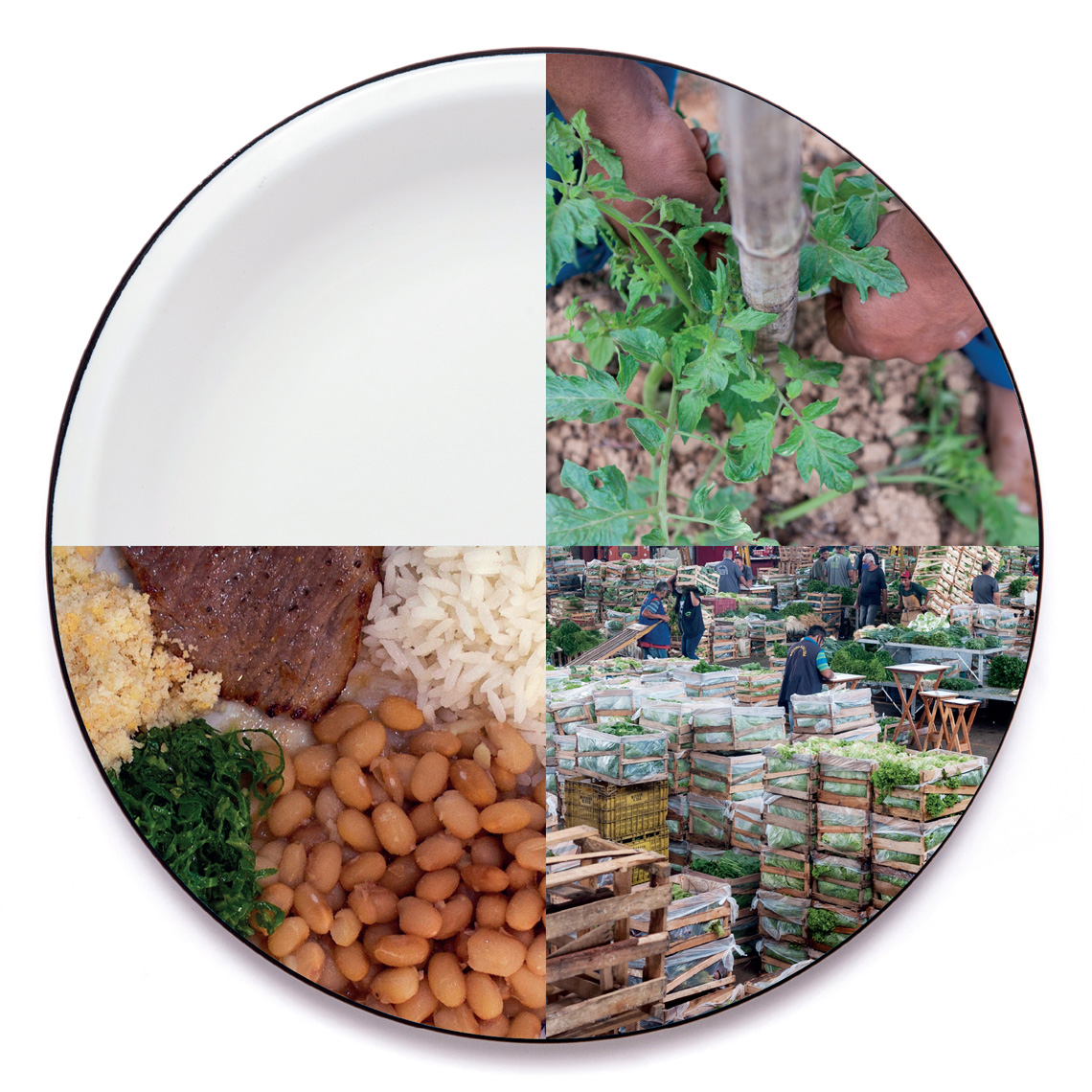 Léo Ramos Chaves / Revista Pesquisa FAPESP | Kimie Shimabukuro / Getty Images
Léo Ramos Chaves / Revista Pesquisa FAPESP | Kimie Shimabukuro / Getty Images
He points out that school closures during the pandemic affected one of the country’s key food security policies — the National School Meals Program (PNAE), responsible for providing food to 40 million students — which may have had a greater impact on food insecurity than poverty. According to the researcher, the fact that the federal budget for school meals has not been adjusted for six years and the 2019 disbanding of the National Council for Food and Nutritional Security (CONSEA), which served to advise the government on public policies related to nutrition and food security, also exacerbated the situation. “We are looking a lot at income but very little at hunger,” argues the economist.
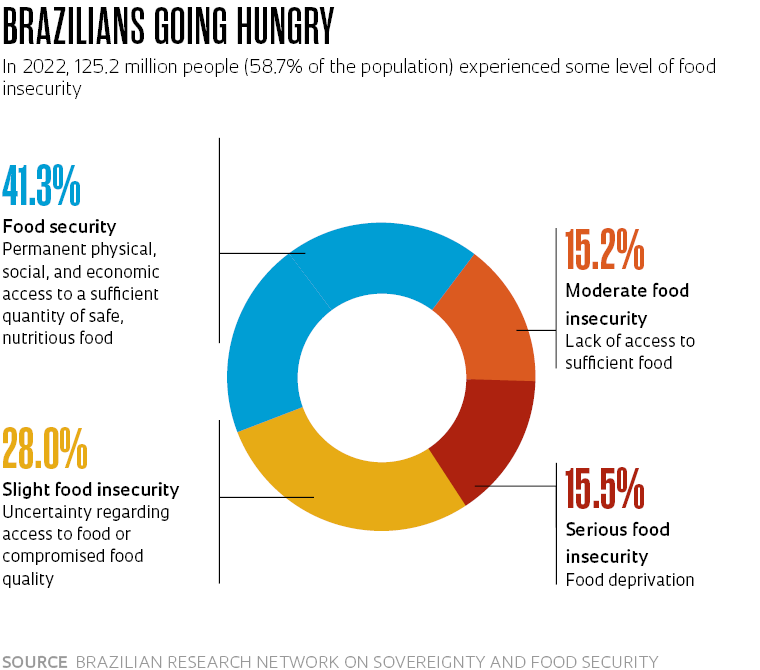
Rooted in the issue of world hunger, the concept of food security emerged after the Second World War (1939–1945) with the aim of identifying situations related to food access and based on the perception that food needed to be produced in sufficient quantity to feed a rapidly expanding global population. “Today, in addition to ensuring a sufficient calorie intake, the Brazilian concept of food security encompasses nutrition and food sustainability, expanding the notion beyond production,” observes nutritionist Elisabetta Recine of the University of Brasília (UnB) and president of CONSEA, which was re-established in 2023. Nutritionist Dirce Maria Lobo Marchioni of the University of São Paulo (USP) reports that as the concept of food safety broadens, it has recently begun to include the principle of environmental preservation — the idea that diets should be healthy to help conserve the planet.
Another concept that has guided studies on food insecurity over the last five years is the food system, which encompasses the journey that food takes from farm to fork — the stages through which it is grown, caught, hunted, processed, packaged, transported, distributed, sold, purchased, prepared, eaten, and discarded. Following this approach, scientists are working to identify the bottlenecks in each link of the system — the characteristics of which differ depending on the country or city — as a basis for seeking solutions to the issue of hunger. From this perspective, one objective may be to identify whether the difficulties in accessing food are due to a lack of healthy products available in a given region or to high levels of waste. Sílvia Helena Galvão de Miranda, an agricultural engineer from USP’s Luiz de Queiroz College of Agriculture (ESALQ), explains that agricultural research carried out in the 1950s and 1960s already highlighted the need to examine production chains and their environments rather than production alone. “This wider perspective made it possible to identify that sanitary standards in animal slaughter needed to be improved, for example, and that fruit transportation conditions could be improved to increase productivity and product quality,” she says.
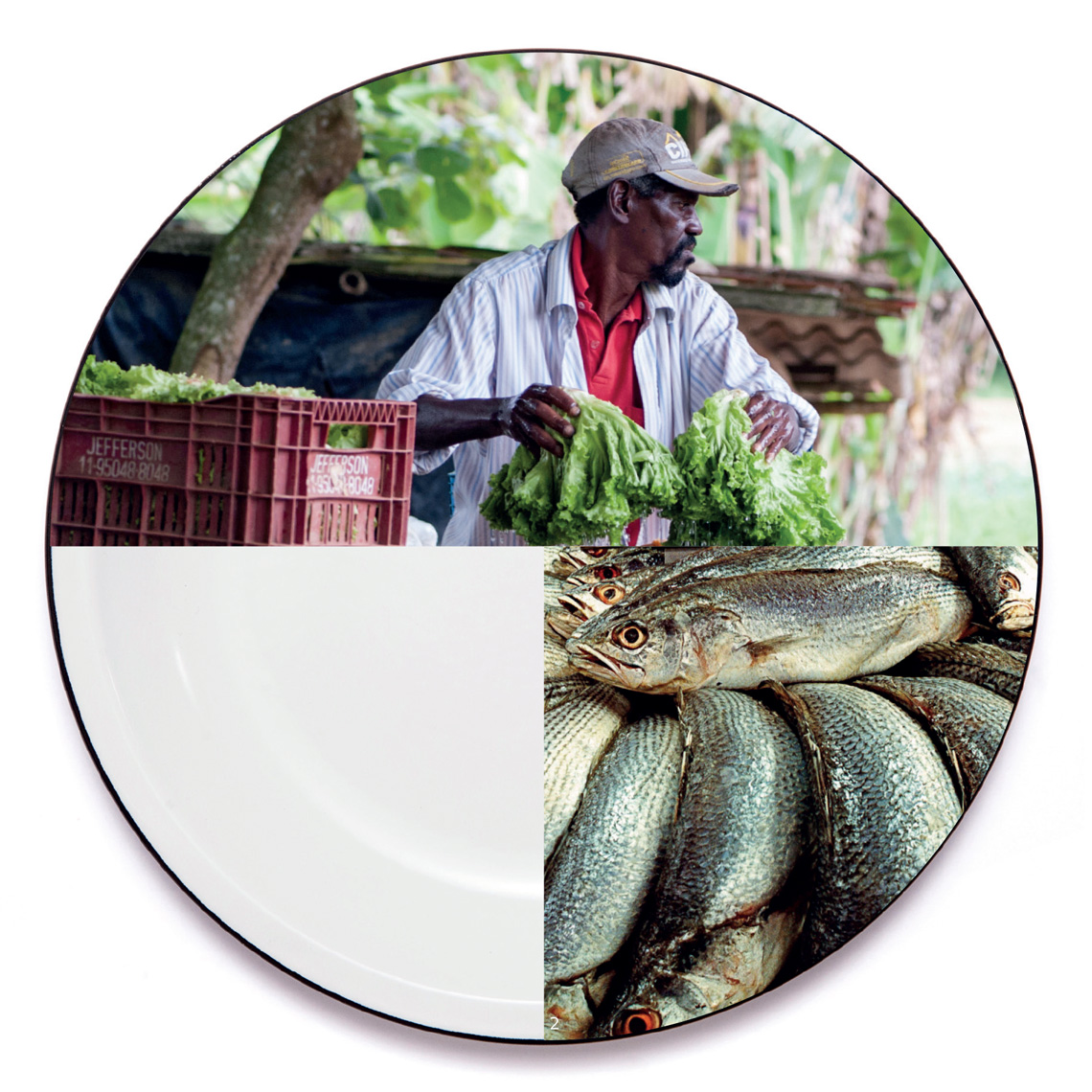
Eduardo Cesar / Revista Pesquisa FAPESP | Léo Ramos Chaves / Revista Pesquisa FAPESPIt is mostly small businesses that produce healthy foods consumed in BrazilEduardo Cesar / Revista Pesquisa FAPESP | Léo Ramos Chaves / Revista Pesquisa FAPESP
At the World Conference of Science Journalists (WCSJ), which took place in Medellín, Colombia, at the end of March, sociologist Jenny Wiegel, regional coordinator of the International Center for Tropical Agriculture (CIAT), shared the results of her research into food systems in cities in the Global South. In a 2019 study, she analyzed the food system in the Colombian city of Cali. The study was based on the observation that 51.3% of families were experiencing food insecurity and that children and adolescents in the municipality were on average more overweight and obese than the same age group in the Pacific region. In addition, Cali was found to have had the highest values of food waste in the entire country. “Given this situation, our hypothesis was that reducing food insecurity is inextricably linked to the search for food waste reduction strategies,” said the sociologist during the conference. Wiegel also conducted research in Nairobi, Kenya. In the city of approximately 4.55 million inhabitants, 60% of people live in slums, and 65% of businesses that sell food are open-air market stalls. Her study found that 9% of the population was deficient in vitamin A, 21% was deficient in iron, and 83% was deficient in zinc. “We observed that 70% of the fruit eaten by the city’s low-income population was banana, suggesting that public nutrition can be improved by increasing the variety of fruit available at street markets, in addition to creating policies to ensure they are accessible to the low-income population,” proposed Wiegel.

However, what characterizes the food systems of an enormous country such as Brazil, and what are its bottlenecks? Answering this question is one of the central objectives of the Brazilian National Institute for Science and Technology (INCT) for Combating Hunger, founded at the end of last year with funding from the Brazilian National Council for Scientific and Technological Development (CNPq). Under Marchioni’s leadership, the center will use the food system concept as a basis for coordinating different fields of knowledge. She explains that, in general, the agro-industrial system, which produces raw materials for foreign markets, is predominant in Brazilian agriculture. FAO data for 2022 indicate that in recent years, Brazil has remained the fourth largest grain producer in the world and the second largest exporter. As a result, Marchioni says, the country faces challenges related to the production of healthy and varied foods, such as fruits and vegetables, for the domestic market. “We need to systematize and deepen our knowledge of our bottlenecks. Brazil has multiple food systems, making the fight against hunger an even more complex challenge,” she explains. The Yanomami food system, for example, is based on growing crops, hunting, and collecting fruits and insects, in stark contrast to urban populations, who usually buy their food from stores and open-air markets.
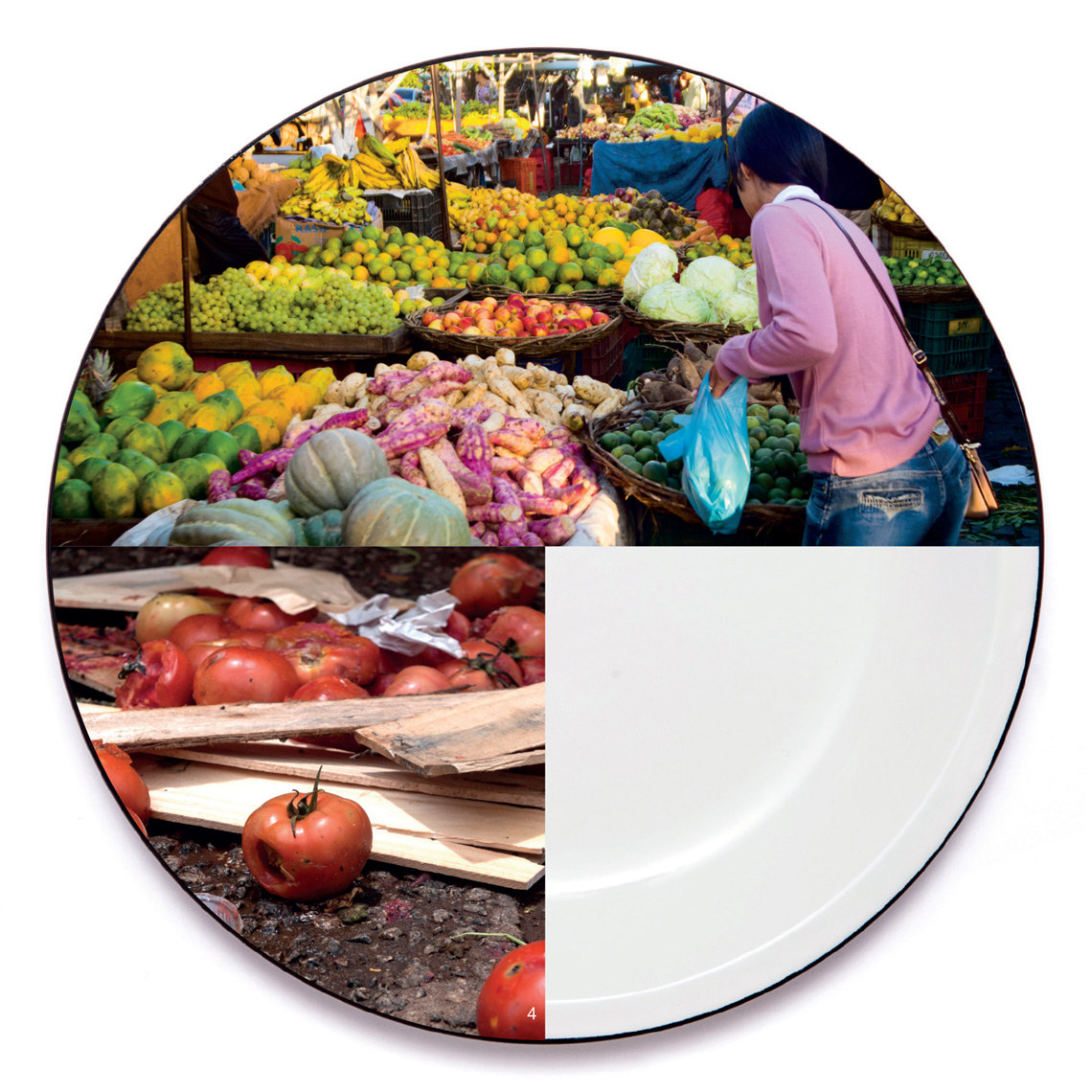
Eduardo Cesar / Revista Pesquisa FAPESP | Léo Ramos Chaves / Revista Pesquisa FAPESP About 30% of food in the country is thrown out, a percentage considered high compared to other countriesEduardo Cesar / Revista Pesquisa FAPESP | Léo Ramos Chaves / Revista Pesquisa FAPESP
The INCT was born from the Working Group on Public Policies to Combat Food Insecurity and Hunger, created by Vahan Agopyan, who was at the time dean of USP and is now the São Paulo State Secretary of Science, Technology, and Innovation. “The working group combined the experience of more than a dozen research groups at the university that studied food, food security, economics, and public policy,” says Agopyan. The group, coordinated by Miranda from ESALQ-USP, drafted 39 recommendations for the formulation of public policies, including the creation of minimum income and food and nutrition education programs, the development of online platforms to coordinate civil initiatives related to food security, and the strengthening of the federal policy for basic food stocks. “One of the surprising things about the report is that most of the recommendations do not require huge investments,” says Agopyan. Some of the guidelines recommend the development of integrated measures across public institutions in the state of São Paulo, such as state schools and universities, to search for answers to society’s biggest hunger-related questions and to create mechanisms to formalize the work of family farmers and help them join the food commercialization and distribution system. The secretary points out that universities and researchers are striving to translate scientific information into practical proposals for public policies. “Transforming research findings into recommendations for public managers is a complex process. Without this work, legislators would find it difficult to understand the results and incorporate them into legislation,” he points out.
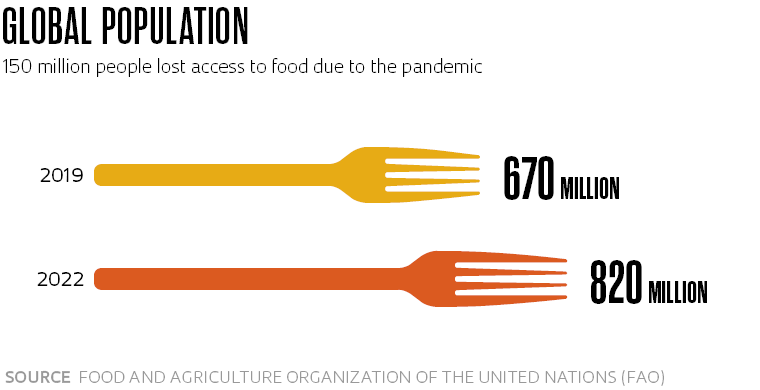
In addition to the concept of food systems, another element that has guided recent studies on hunger is the climate crisis. Marchioni highlights that in Geografia da fome (The geography of hunger; 1946), Josué de Castro (see Pesquisa FAPESP issue nº 324) reflects on the relationship between hunger and ecology, but global climate change has led to new and challenging factors for academics.
These new investigative approaches were punctuated by two dossiers published by the medical journal The Lancet in 2019, systematizing the argument that science needs to seek coordinated solutions to three major challenges that have been addressed only individually until recently: malnutrition, obesity, and the climate crisis. The reports showed that malnutrition in all its forms, including obesity and undernutrition, causes 19% of premature deaths worldwide. The term syndemic, coined by American anthropologist and physician Merrill Singer in the 1990s, is used to describe a situation where two or more diseases interact in such a way that they cause greater harm than they would separately. In recent years, the meaning has evolved, and the term has been adopted by researchers investigating the complexity of global hunger. Malnutrition, obesity, and the climate crisis have thus come to be considered syndemics that share a common determinant: food systems. “These systems are the main drivers of poor health and environmental degradation. Urgent global efforts are needed to collectively transform diets and food production,” urge the authors of one of the reports.
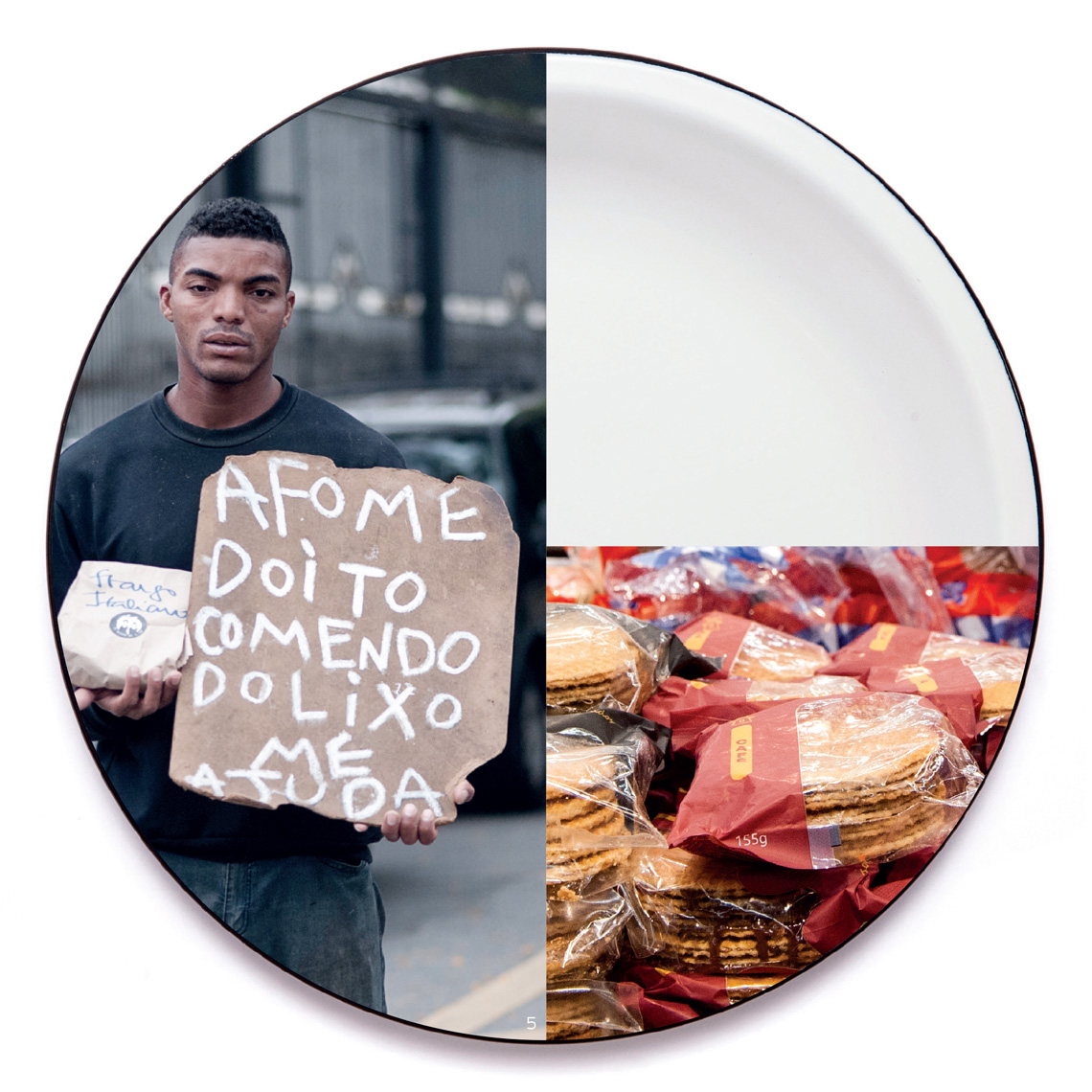
Léo Ramos Chaves / Revista Pesquisa FAPESP19% of premature deaths worldwide are the result of hunger and obesity caused by inadequate nutritionLéo Ramos Chaves / Revista Pesquisa FAPESP
The Lancet dossiers recommend developing policies with the potential to reduce the global consumption of foods such as red meat and sugar by 50% and to increase the intake of foods considered healthy — such as nuts, fruits, vegetables, and legumes — by 100%, arguing that doing so could prevent 10.8 to 11.6 million deaths per year. They also stress that agriculture needs to be reoriented toward the cultivation of food for domestic consumption while incorporating practices to preserve biodiversity and to reduce water consumption and carbon dioxide emissions. Halving food losses across the entire supply chain, from production to consumption, is another recommendation. Andréa Rossi Scalco of São Paulo State University (UNESP), Tupã campus, whose research on food waste reduction strategies was funded by FAPESP, explains that it is estimated that 30% of the food produced in Brazil is thrown away — a percentage considered high. Specific legislation is therefore needed to regulate the disposal of products that cannot be sold but that are suitable for consumption. “Argentina, Colombia, and Mexico, for example, have laws that oblige commercial establishments to donate this food, stipulating the necessary conditions,” she explains.
Despite the lack of specific legislation, technological advances can contribute to improved food use. Nutritionist Eliana Bistriche Giuntini of the Food Research Center (FORC), one of the Research, Innovation, and Dissemination Centers (RIDCs) funded by FAPESP, gives an example of a technique developed to produce green banana flour. “Banana is a sensitive fruit, and producers record significant losses throughout the supply chain. Selling the product while it is still green, to be used to make flour, offers a potential way of mitigating this waste,” she points out. A patent for the methodology has been filed by FORC. The secret is to maintain the resistance of the starch during production of the flour, avoiding the nutritional losses caused by inadequate processing.
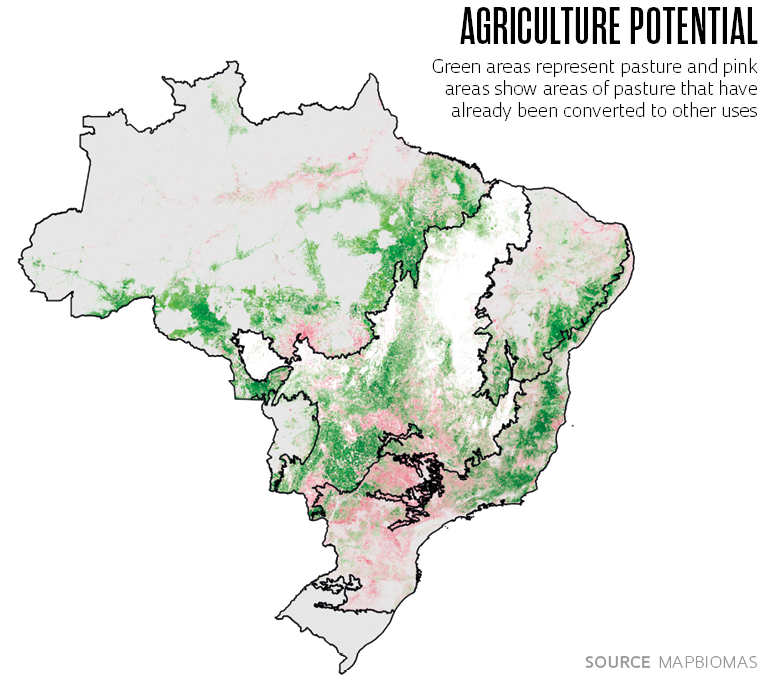
Artificial intelligence (AI) resources offer other alternatives in the search for solutions to the problem of world hunger. A group of researchers from MapBiomas, a collaborative network of nongovernmental organizations (NGOs), universities, and technology startups, has been using AI to analyze satellite images of cattle pastures across Brazil since 2008. Remote sensing expert Laerte Guimaraes Ferreira of the Federal University of Goiás (UFG), current director of programs and scholarships at the Brazilian Federal Agency for Support and Evaluation of Graduate Education (CAPES), says that pasture areas, which currently occupy approximately 20% of Brazil’s national territory, could be used to double food production in the country without increasing deforestation. To do so, she says investment is needed in the recovery of degraded pastures and intensification of livestock farming, which would free up pasture areas for other uses.
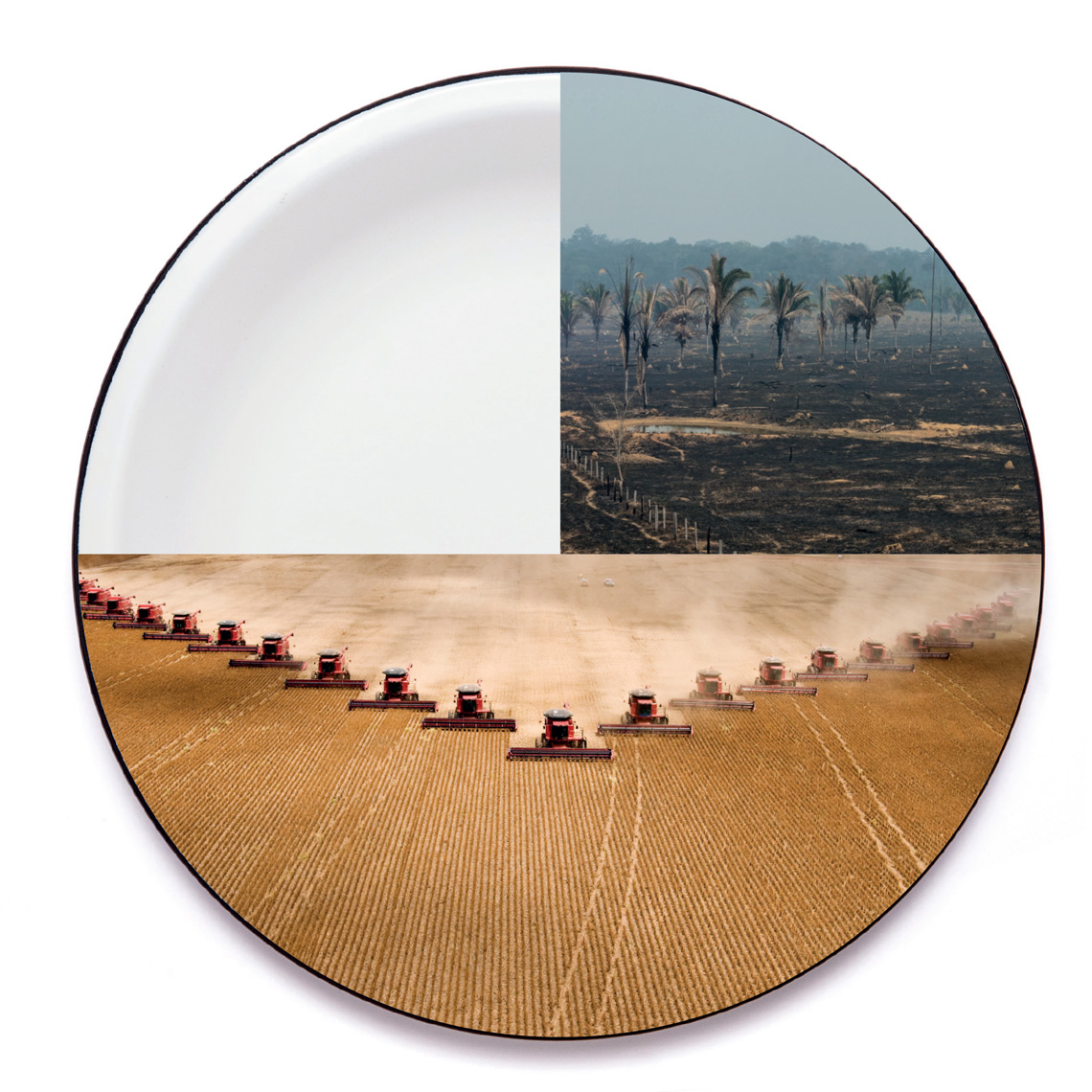
Bloomberg / Getty Images | Paulo Fridman / Corbis via Getty ImagesClimate crisis and extensive cultivation of products for the foreign market, such as soy, have exacerbated food insecurityBloomberg / Getty Images | Paulo Fridman / Corbis via Getty Images
Antonio Mauro Saraiva of USP and the Combating Hunger INCT conducts research into how AI can contribute to the development of small-scale farmers who sell products for local consumption. Considering the complexity of food systems, Saraiva maintains that AI is essential in research and the formulation of public policies since information on food is spread across different databases, such as EMBRAPA, the Agronomic Institute (IAC), the Brazilian Institute of Geography and Statistics (IBGE), and state and municipal departments. In response to the Lancet recommendations, many researchers have suggested that food security measures need to impact two or three links in a food system simultaneously. “We cannot solve hunger by changing just one factor, and AI is crucial to integrating all of the dimensions involved,” concludes the engineer, who is also part of the Center for Artificial Intelligence funded by FAPESP through an agreement with IBM.
A survey conducted by the publishing house Elsevier on global scientific output related to the Sustainable Development Goals (SDGs) set by the United Nations (UN) ranked Brazil fifth in the world for studies into hunger and sustainable agriculture between 2019 and 2022. With 10,000 articles published in that period, the country’s scientific output was 110% above the world average.
The Brazilian National Council for Scientific and Technological Development (CNPq) and the Brazilian Federal Agency for Support and Evaluation of Graduate Education (CAPES) ranked 3rd and 4th, respectively, among funding agencies that invested the most in research related to SDG 2, which aims to eradicate hunger. The survey data came from the SciVal platform, which provides research results from more than 20,000 institutions in 230 countriess.
Projects
1. FORC – Food Research Center (nº 13/07914-8); Grant Mechanism Research Grant – Research, Innovation, and Dissemination Centers (RIDCs); Principal Investigator Bernadette Dora Gombossy de Melo Franco (USP); Investment R$47,236,474.87.
2. Artificial Intelligence Center (nº 19/07665-4); Grant Mechanism Research Grant – Engineering Research Centers Program; Principal Investigator Fabio Gagliardi Cozman (USP); Investment R$7,050,377.09.
3. Methodological and statistical innovations in the collection and analysis of dietary data to obtain accurate measurements in epidemiological studies (nº 16/20054-6); Grant Mechanism Regular Research Grant; Principal Investigator Dirce Maria Lobo Marchioni (USP); Investment R$148,348.66.
4. Sustainability in food distribution: practices for preventing and reducing food waste in supermarket retail, aimed at improving food and nutritional security (nº 21/10489-3); Grant Mechanism Regular Research Grant; Principal Investigator Andréa Rossi Scalco (UNESP); Investment R$71,885.01.
5. Technological characteristics of genotypes of the common bean (Phaseolus vulgaris L.) in water deficit conditions (nº 11/19437-4); Grant Mechanism Regular Research Grant; Principal Investigator Sérgio Augusto Morais Carbonell (IAC); Investment R$245,461.65.
Scientific articles
SWINBURN, B. A. et al. The Global Syndemic of Obesity, Undernutrition, and Climate Change: The Lancet Commission report. The Lancet. vol. 393, nº 10173, pp. 791–846, feb. 2019.
WILLETT, W. et al. Food in the Anthropocene: the EAT–Lancet Commission on healthy diets from sustainable food systems. The Lancet. vol. 393, nº 10170, pp. 447–492, feb. 2019.
HAINEMANN, A. B. et al. Enviromic prediction is useful to define the limits of climate adaptation: A case study of common bean in Brazil. Field Crops Research. vol. 286, oct. 2022.
ANTOLIN, L. A. S. Impact assessment of common bean availability in Brazil under climate change scenarios. Agricultural Systems. vol. 191, june 2021.
ARENAS-CALLE, L. N. et al. Rice Management Decisions Using Process-Based Models With Climate-Smart Indicators. Frontiers in Sustainable Food Systems. july 2022.
Reports
Propostas de combate à fome e à insegurança alimentar: relatório final. Universidade de São Paulo – Grupo de trabalho Políticas Públicas de Combate à Insegurança Alimentar e à Fome, 2023.
Mapa da Nova Pobreza. Centro de Políticas Sociais da Fundação Getúlio Vargas (CPS-FGV). June 2022.
